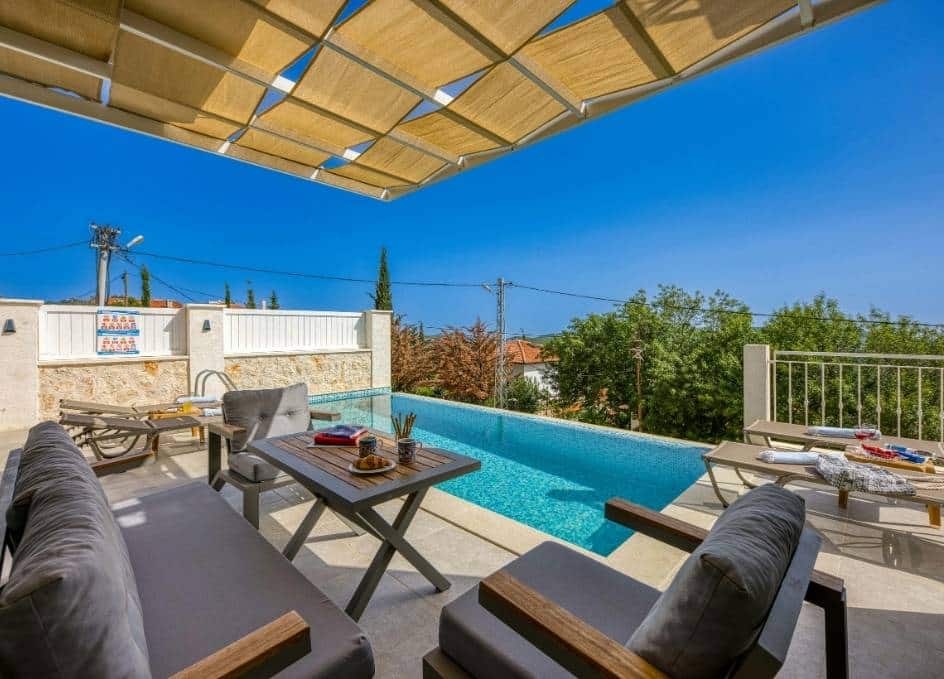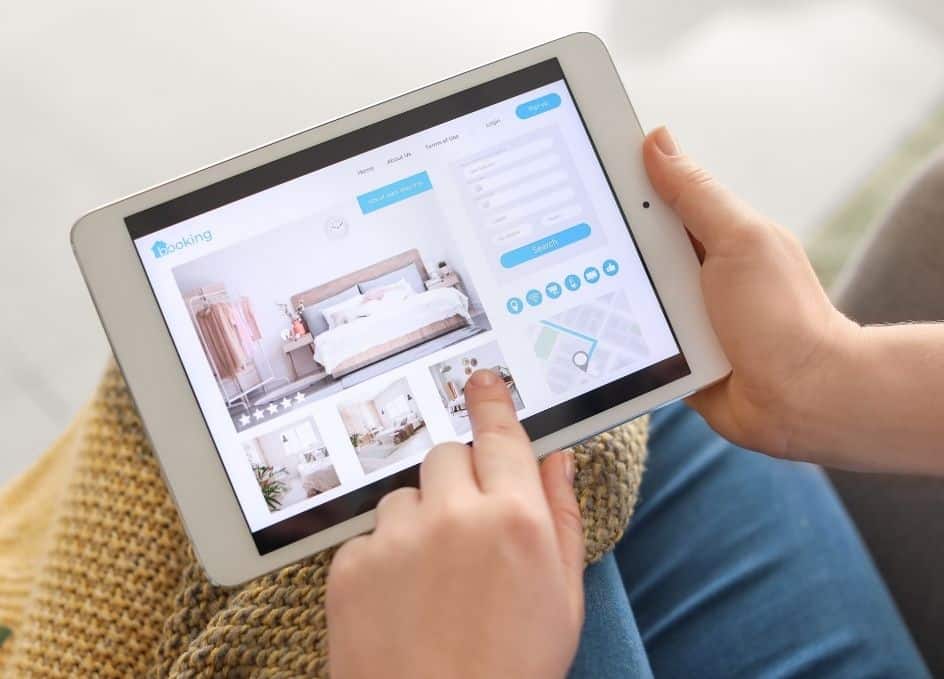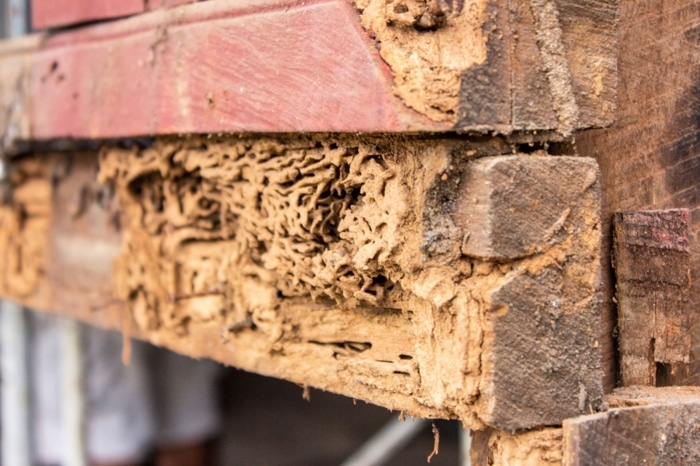Reopening amenities in apartments is one of those challenges that looks simple from the outside but quickly gets complicated once you’re the one making the decisions. Pools, gyms, lounges, business centers, and grilling areas are all part of why people love community living. When those spaces are locked up for too long, residents notice, and it can start to affect their overall happiness with the property. But opening everything up all at once without a plan is just as risky. The balance is finding a way to give people access again while making sure the property stays well-managed, safe, and appealing.
Understanding What Matters Most to Residents
The first step is figuring out what amenities your residents value the most. Some may care deeply about the pool or fitness center, while others are focused on gathering spaces like lounges or clubhouses. Property managers don’t need to guess—asking residents directly through a quick survey or even casual conversations can be more effective than just assuming.
When residents feel like their opinions were part of the decision, they’re usually more understanding about phased reopenings. For example, if a pool can only be open limited hours at first, residents are less likely to complain if they feel like they had a say in setting those hours. The main idea here is that communication builds patience, and patience buys managers valuable time.
Phased Openings Work Better Than All at Once
Opening amenities all at once sounds like a relief for everyone, but it rarely works smoothly. Phasing things out is usually more practical. Gyms and pools often get higher traffic, so they might be the first on the list. Meeting spaces, business centers, and entertainment lounges can come later since they’re often harder to monitor.
Phased reopening also gives property managers a chance to spot problems before they spread. If the gym reopens and equipment starts wearing down faster than expected, managers can adjust maintenance schedules before other spaces are added back into the mix. It’s about testing the waters in smaller steps instead of diving in headfirst.
Keeping Up With Cleanliness Expectations
Even though official rules and restrictions change, resident expectations around cleanliness don’t just disappear. People notice if gyms smell musty or if pool chairs are sticky with sunscreen from the day before. Cleanliness is now tied to peace of mind as much as it is to appearance.
Setting up a clear cleaning routine—and making sure residents know about it—helps reduce complaints and boost confidence. Posting cleaning times on doors, adding signage in shared spaces, or even including quick updates in emails shows residents that the property is serious about maintaining standards. It’s also smart to let residents know how they can help, like wiping down equipment after workouts or throwing away trash in grilling areas.
Technology Can Take Pressure Off Staff
Managing amenities can be smoother with simple technology updates. Online booking systems for gyms, lounges, or business centers can prevent overcrowding and save staff the headache of constant scheduling. Key fob or app-based access can also help track usage without feeling too invasive.
This doesn’t mean adding expensive upgrades across the board. Sometimes just using existing resident portals for reservations or sending email reminders does the job. The goal is to keep things orderly without making it a burden on staff or residents.
Setting Boundaries Without Feeling Overbearing
The tricky part about reopening amenities is enforcing rules without turning into the “bad guy.” Residents want to enjoy the spaces, not feel like they’re being policed. At the same time, managers can’t afford to let things get out of hand.
This is where clear, simple boundaries matter. Pool hours, guest limits, and gym reservations should all be easy to understand. Overcomplicated rules only lead to frustration. If there are limits, explain the “why” behind them in plain language. For example, instead of just saying “No guests in the gym,” explain that it’s to keep equipment available for paying residents first. Transparency makes rules easier to accept.
Outdoor Amenities Bring Quick Wins
Outdoor spaces like grilling stations, dog parks, and seating areas are often easier to reopen since they don’t have the same ventilation concerns as indoor areas. These spots also give residents a sense of community without needing heavy monitoring.
Because outdoor amenities often carry fewer risks and costs, they can be a smart way to show residents progress early in the reopening process. Small upgrades, like adding new outdoor furniture or improving lighting, can also make a big difference in how residents feel about the property as a whole.
Pest Concerns Rise as Spaces Reopen
One part of reopening that doesn’t always get enough attention is pest control. When amenities sit unused for long stretches, pests like rodents, ants, and roaches can move in quietly. Pools can attract insects, gyms can draw in rodents if trash isn’t managed, and grilling areas often bring ants and flies.
Nothing ruins a newly reopened space faster than residents spotting pests. That’s why it’s smart to pair reopening with a property-wide pest control plan. Pest Share makes this easier by providing on-demand services that give residents a quick way to report and resolve issues without putting all the burden on the property staff. With that support, amenities stay more enjoyable, and managers don’t get stuck dealing with endless complaints.
Communication Makes or Breaks the Process
Reopening amenities isn’t just about unlocking doors—it’s about managing expectations. The more transparent and consistent the updates, the smoother the process will be. Some managers send weekly updates, while others use digital boards in the lobby to share news. Whatever the method, what matters most is that residents aren’t left in the dark.
When people know what’s happening, even if it’s not exactly what they want, they usually stay more positive. The opposite—silence from management—almost always leads to frustration. Residents start to assume the worst, even when the property team is working hard behind the scenes.
Balancing Happiness and Practicality
At the end of the day, reopening amenities is about balance. Managers want residents to feel happy, but they also need to stay realistic about costs, staffing, and maintenance. Rushing can backfire, while moving too slowly can create resentment.
By prioritizing the most valued amenities, keeping cleanliness at the top of the list, phasing access smartly, and keeping communication open, property managers can find that balance. And with reliable partners like Pest Share in place, even surprise challenges like pest issues don’t derail the progress.
The goal isn’t just to reopen amenities—it’s to reopen them in a way that builds trust, keeps residents comfortable, and shows that the property is well cared for now and in the long run.





